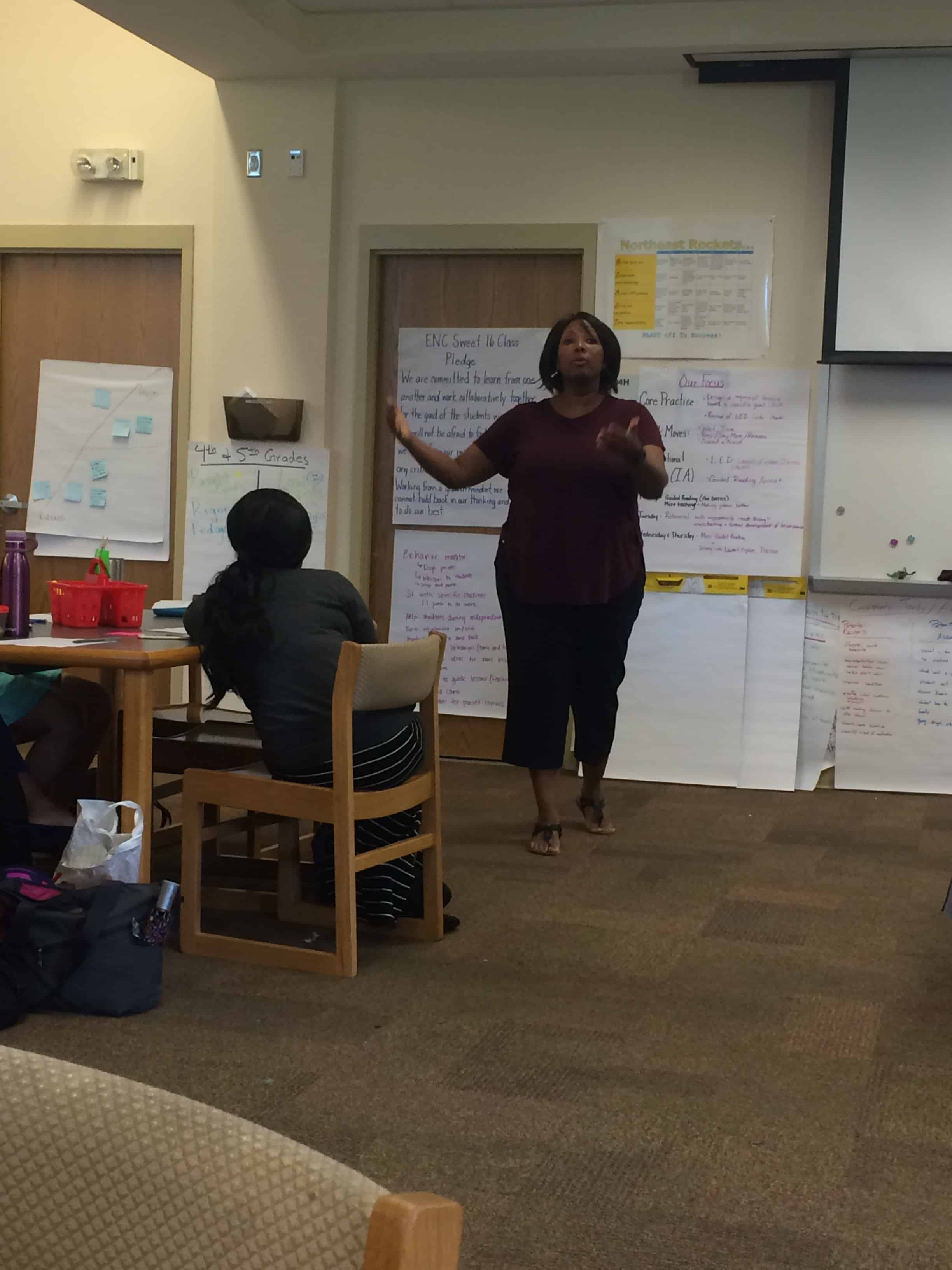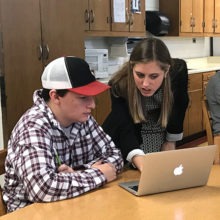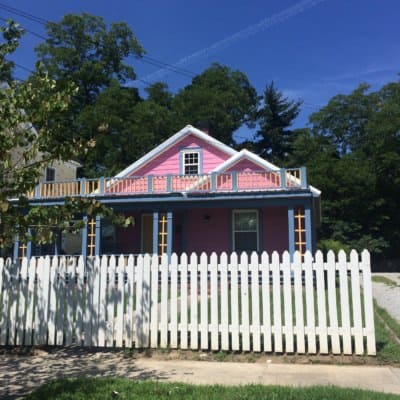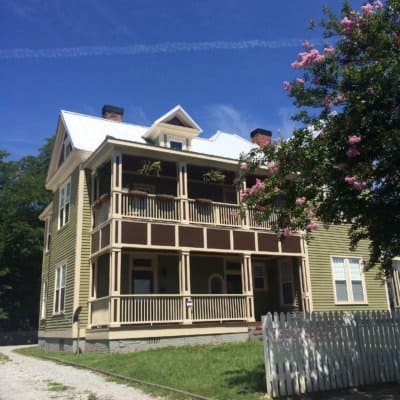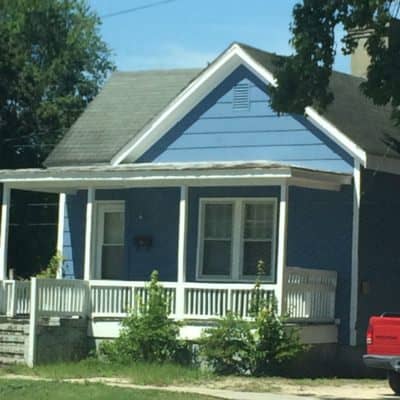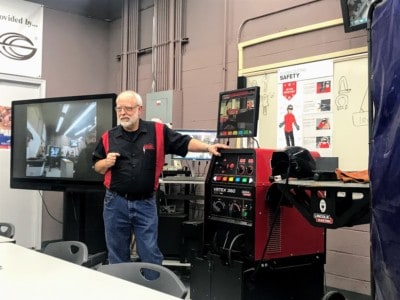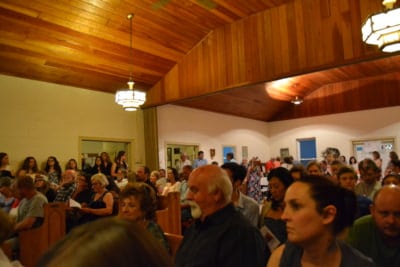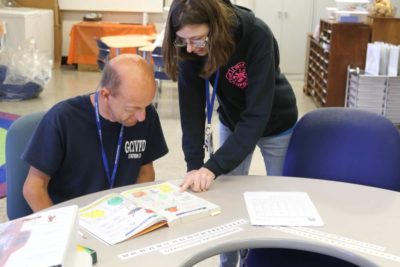A few weeks ago I had the chance to visit Teach for America’s newest training program in eastern North Carolina, called Residency. With the goal of creating educators rooted in their communities, Teach for America has created a unique opportunity for incoming eastern North Carolina corps members. Utilizing both school district partners and community partners, Teach for America is building a new model for what teacher training looks like.
The Old Model
I look back on my Institute experience as one would a bad dream – thankful that I do not have to relive it. Institute is Teach for America’s training program for incoming corps members. Each region is assigned to a specific Institute. As a 2012 Greater New Orleans corps member, I was assigned to the Atlanta National Institute along with corps members from Atlanta, South Carolina, and Ohio.
I spent five weeks at Institute, staying in Georgia Tech dorms, teaching in an Atlanta elementary school, and barely getting five hours of sleep a night as I struggled to get all my materials ready for the next day’s lesson before waking up at 5:30 AM to board the bus by 6:15. At the end of the five weeks, I said goodbye to the two people I had grown closest to, my two co-teachers who were both teaching in different regions, and made the eight-hour drive to my new home, New Orleans.
I had visited New Orleans before, but one visit is a drop in the hat in terms of understanding New Orleans’ rich historical and cultural context. At Institute I learned a good amount about Atlanta but very little about the place where I was about to spend two years teaching. As someone who grew up in Massachusetts, where saying hello to someone on the street will only get you strange looks, I needed all the help I could get as I entered my school for the first time.
I say all this not to criticize Teach for America’s training program – I learned more in those five weeks than probably any other five-week period in my life. Instead, I describe my experience in order to provide a context through which to understand Teach for America’s newest regional institute in eastern North Carolina.
On-the-Job Training with a Community Focus
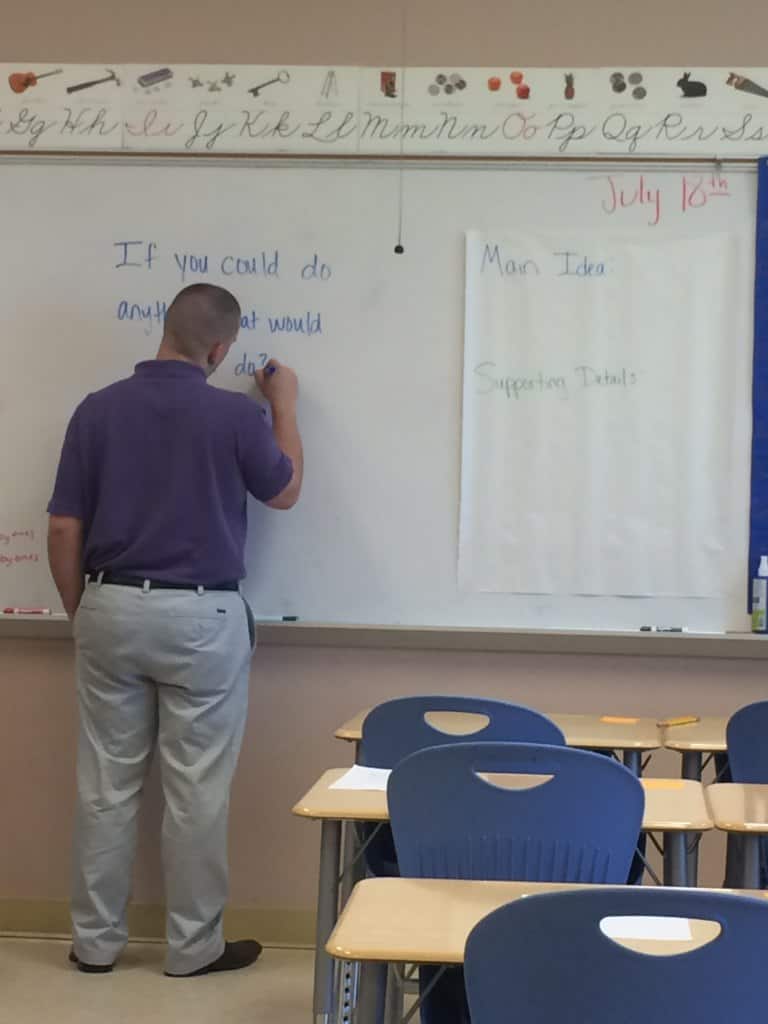
Teach for America’s first eastern North Carolina institute is called Residency. “We decided to call it Residency to reflect the on-the-job training you get in medical school,” Caty Gray Urquhart, Director of Elementary Content, told me as she gave me a tour.
In previous years, eastern North Carolina corps members were sent to Institute at either the Mississippi Delta or Tulsa, Oklahoma. These national institutes were equipping corps members to be effective teachers, but something was missing. Andrew Lakis, interim Executive Director of Teach for America in eastern North Carolina, explained how the motivation to create Residency came from the very real problem of brain drain in the rural eastern North Carolina school districts. He told me, “Part of what we want is corps members who are effective and can have a meaningful impact right away, but we also want more of our alums to stay long-term in the classroom, in school leadership, and in other sectors of the community in eastern North Carolina.” Their theory of change is that if they can get their corps members rooted in the community during their summer training, they will not only be more effective educators, but they might end up staying in these communities long term.
Building Community Partnerships
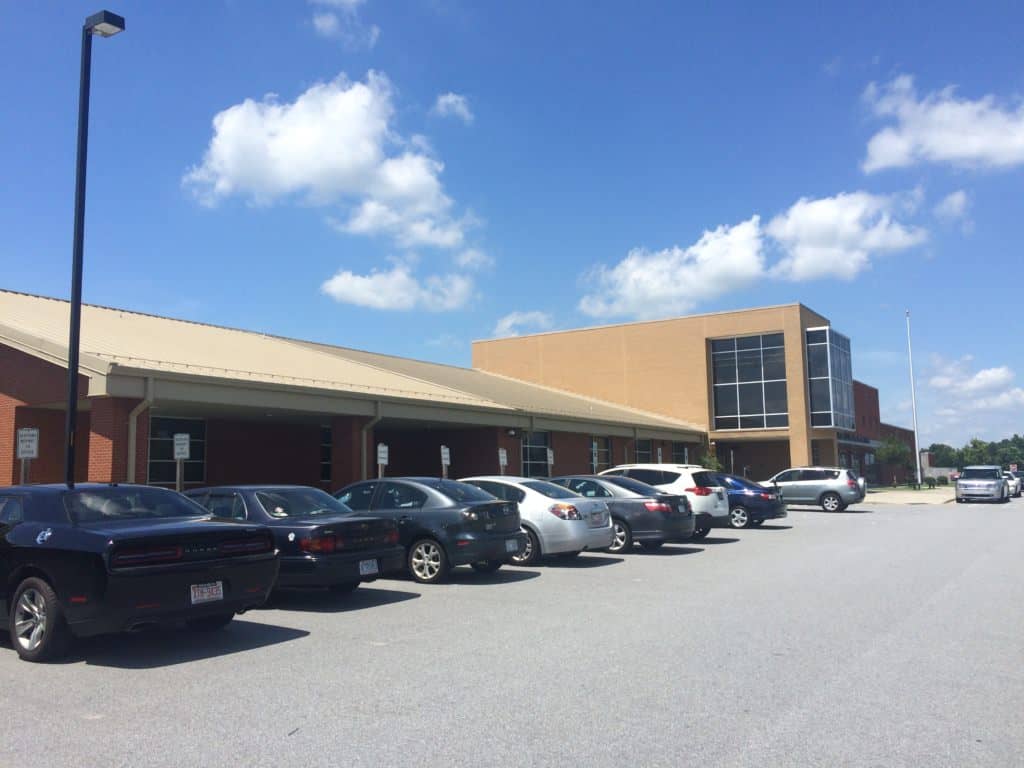
Teach for America has partnered with Lenoir County Public Schools and Northampton County Schools to offer summer school for local students while corps members train. 240 students are enrolled in Lenoir County at Northeast Elementary and Kinston High and another 470 students are enrolled in Northampton County.
The training corps members receive reflect this partnership. In the morning, corps members teach classes while Master Teachers observe them and give real-time feedback. These Master Teachers are veteran teachers from the district, not Teach for America staff members. In the afternoon, corps members receive training on curriculum and instruction led by community partners. At Northeast Elementary, Carla Gilchrist, an experienced educator from Chapel Hill City Schools, leads these sessions. Additionally, the School Director and School Operations Manager at each school site are district staff, unlike national institutes where Teach for America staff hold these positions.
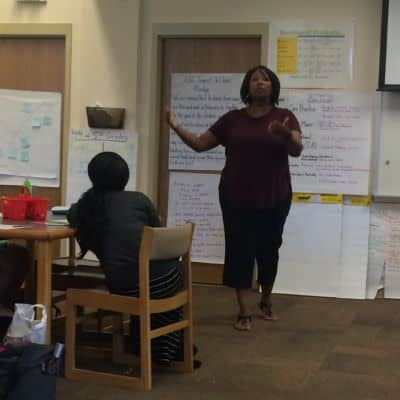
These partnerships are a win-win for Teach for America and the school districts. Teach for America corps members gain experience teaching students who are representative of the students they will teach in the fall – in fact some corps members will teach in these same schools. Moreover, the same Teach for America staff overseeing Residency are the ones working all school year in the region. After observing corps members all summer, the Teach for America staff can tell the districts what additional professional development each corps member needs. As Urquhart stated, “This sets us up for success as a region.”
For the school districts, this partnership means that they can offer free summer school to over 700 students for the first time. The districts provide the schools, meals, and transportation, while Teach for America provides the teachers. The district staff involved in Residency, such as the Master Teachers, are also learning alongside the corps members. They are learning to be effective coaches, but they are also gaining the opportunity to reflect on their own teaching practice. Lynn Morris, one of the Master Teachers at Northeast Elementary, asked Urquhart if she could come observe her classroom in the fall and give the same real-time feedback to Morris that she gives to her corps members.
This anecdote illustrates Teach for America’s vision for Residency, “Growth for All.” Through their partnerships with the school districts, Teach for America is having an exponential impact beyond the impact their corps members will have in the classroom. They are seeing growth for the students who are participating in summer school for the first time, growth for their corps members, and growth for their district partners, including the master teachers.
Building Community Understanding
To introduce eastern North Carolina corps members to their local community, Teach for America has branched out from the national institute model. Instead of living in dorms as I did, corps members in Kinston live in houses recently renovated by Stephen Hill, co-founder of Mother Earth Brewing Company. They receive a stipend for living expenses, meals, and gas, which they use to support local businesses. From the beginning, corps members have been encouraged to buy locally. When I visited, lunch was provided by the Peach House, a locally owned café in Kinston. Emma Todson, a corps member from New Jersey, described how they were “encouraged to be part of the community from day one,” adding, “It really does feel homey already.”
To further their understanding of the community, Teach for America instituted a day of community exploration every week. Lakis explained, “We realized early on that the best way to help our corps members understand the local context and build meaningful relationships was to have them in our community hearing from parents, local leaders, and community members.” One week this involved bringing all staff and corps members to Rocky Mount, where they heard from community members from Rocky Mount and Tarboro who are working in education and social justice.
The community has embraced this partnership. Corps members have received free meals from local restaurants and brewery tours at Mother Earth Brewing Company. For me, this is one of the most important results of this experiment. After teaching in an area where Teach for America did not have strong community support, I fully appreciate the importance of establishing these bonds.
Building a Community of Support
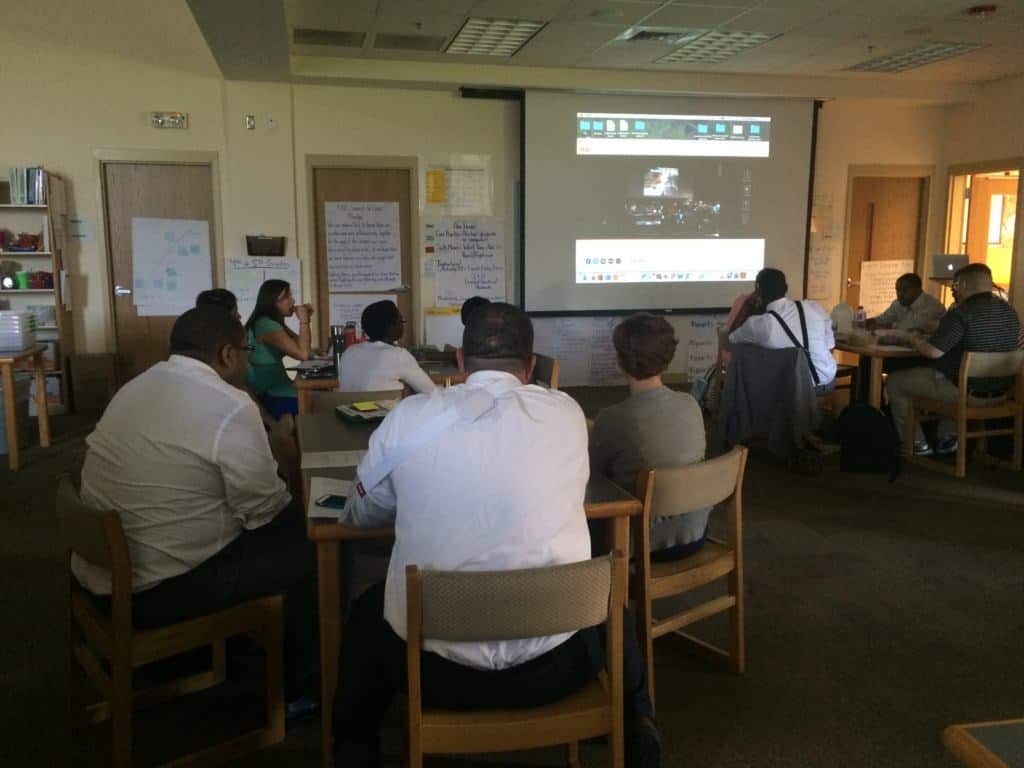
During their seven-week training, corps members have formed their own community of support. Instead of teaching with corps members from several different regions who they will likely never see again, the eastern North Carolina corps members get the chance to develop strong relationships with each other that will continue to grow throughout the school year. Teach for America staff have helped foster that bond by holding barbecues and weekly dinners for corps members.
At week five, the sense of community is strong. Ellie Beam, a corps member from Pennsylvania, told me, “We’ve really bonded and formed a support system already.” Walking through the halls of Northeast Elementary, I could feel it.
